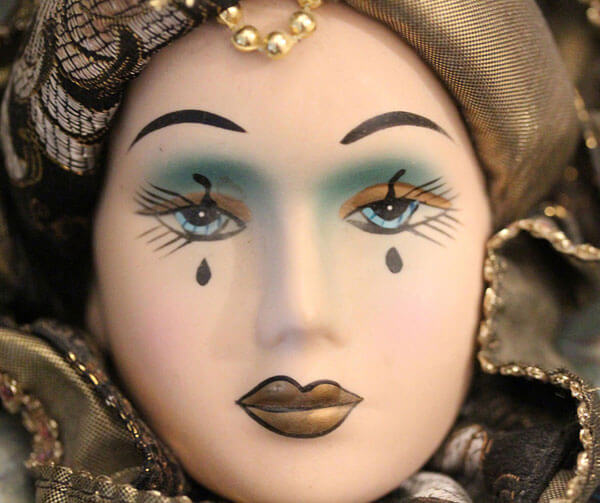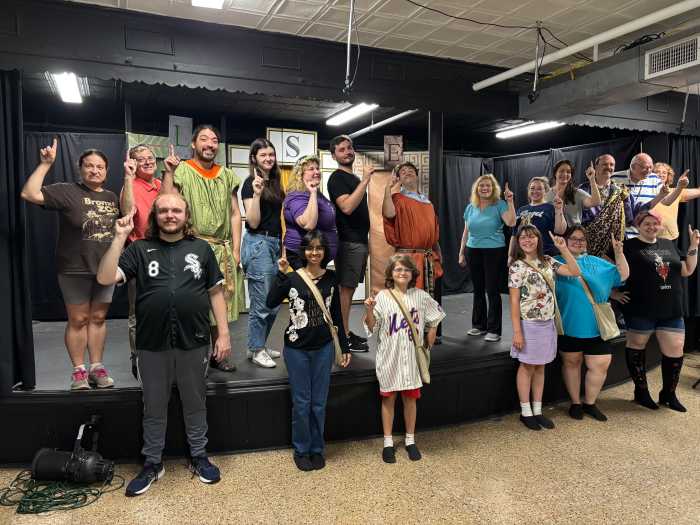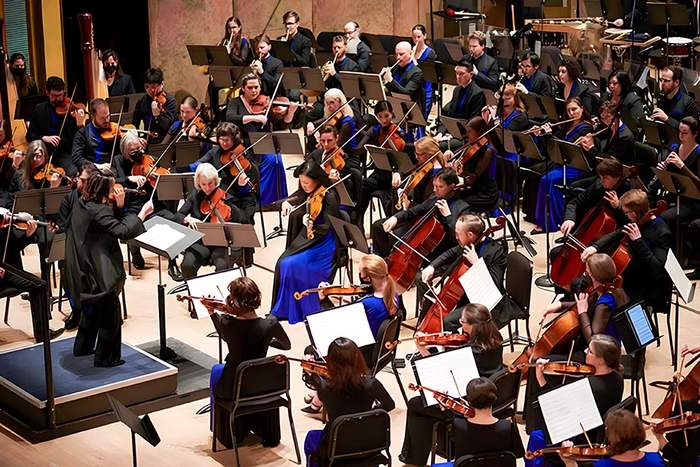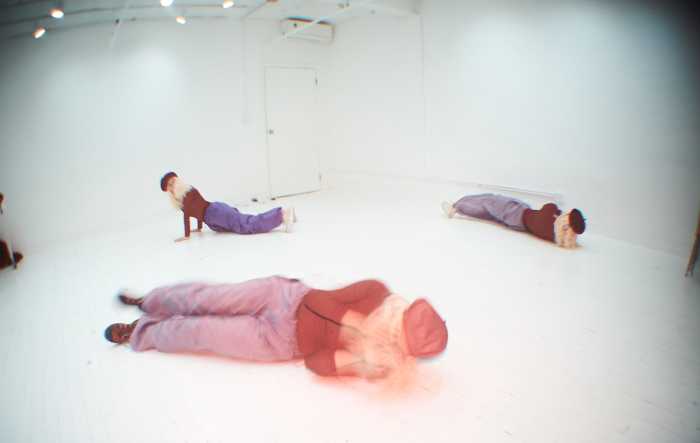By Tammy Scileppi
Robots come in all shapes and sizes. And whether we want it or not, they’re getting more and more human-like.
With lightning-speed advances in robotics technology, android robots can now greet customers in stores, make light conversation with dinner party guests, and will soon be minding the kids or taking care of granny.
While more women are working in the field of robotics and reshaping it in imaginative ways, history’s sci-fi pages are filled with references to man-made female humanoid beings, born of men’s fantasies. If you want a beautiful woman on your arm, build one. That concept was behind the conjuring up of many famous fembots that have been depicted in popular movies and TV shows throughout the 20th century.
Those who find that appealing shouldn’t miss an unusual exhibit titled “Picturing Female Robots and Androids,” which showcases a series of 28 colorful, intriguing images that capture the transformation of female robots throughout history. It is currently on display through Sept. 3 at the New York Hall of Science.
The exhibit takes you on a tour through a bevy of lovely androids. You can ponder the cultural influence behind their creation, as you get a sense of how female robots have been shaped by evolving technologies, pivotal social changes, and changing attitudes toward women themselves, according to curator Julie Wosk, Ph.D., a professor of Art History, English, Studio Painting at SUNY, Maritime College in the Bronx.
Wosk noted that the images range in history from the earliest ancient dolls to today’s hyper-realistic robots that look so real they can easily fool the eye.
“They also include a picture of the new Fashionistas line of Barbie dolls that show the diversity of female shapes, ethnicities and skin tones, and also images from today’s popular TV series, like ‘Westworld’ and ‘Humans,’ where the robot females are not only totally lifelike, but they also are far different from the Stepford Wives,” Wosk said. “They want their freedom and independence.”
The exhibit is based on Wosk’s book, “My Fair Ladies: Female Robots, Androids, and Other Artificial Eves” (www.myfai
“I’ve also been fascinated by movies, television and stories where men use science and technology to create their notion of ‘The Perfect Woman,’” Wosk said. “Their idea of perfection is like the robot women in the two movie versions of ‘The Stepford Wives.’ They are beautiful, sexy, love to cook and clean, and have no minds or wills of their own. Their conversation is always pleasant, and to the men, they seem flawless.”
“My Fair Ladies” was inspired by the author’s own early experiences working as a public relations writer at Playboy Magazine in Chicago. “At Playboy, I could see how the magazine photos presented women who were not just seductive and available, but also looked very artificial,” Wosk recalled. “They were in soft focus, air-brushed, free of flaws. It got me thinking about men’s ideas about ‘The Perfect Woman.’ ”
The book also highlights women filmmakers and artists who are creating their own witty versions of artificial females.
“The fantasy of a man constructing his perfect woman dates back to the Greek myth of Pygmalion,” Wosk said. “Yet as technology has advanced over the past century, the figure of the life-like simulated woman has become nearly ubiquitous, popping up everywhere, from ‘Bride of Frankenstein’ to ‘Weird Science’ to the film ‘Ex Machina’— and today’s eerily lifelike female robots.”
As technology progressed, so did men’s fascination with the perfect female robot. Of course, she had to be beautiful, curvy … and preferably subservient. And it was a definite plus if she was unable to speak.
Modern-day feminists might have a thing or two to say about that.
The obsession of male filmmakers and directors with female androids has sparked the release of countless films over the decades. Though still depicted as sexy femme fatales and vixens, today’s newer versions won’t take crap from anyone, and they’ve become more powerful than ever. Endowed with super-human capabilities, no longer will they be controlled by anything or anyone, especially men.
An esqui
Pris from “Blade Runner” (1982) proves to be quite adept at manipulation of the human male, using her wiles to “make friends” with J.F. Sebastian, a man who literally built his friends, including his perfect woman.
Male audiences have always wanted their android heroines to have super-perfect forms coupled with super-human strength … while clad in skimpy outfits. Do you remember those sexy Fembots in “Austin Powers” who kill the male guards? Then there was Angelina Jolie as an ass-kicking android, in “Cyborg 2.”
“I think what the exhibit’s images reveal is a cultural attitude about women that I find fascinating,” Wosk said. “From very innocent to temptresses to women who want their independence and freedom, it’s really been changing.”
Wosk said she once saw an early episode of the vintage TV series “The Twilight Zone,” where a woman falls asleep in a department store and when she wakes up, she goes to a floor where the mannequins are mysteriously walking about. “It stuck with me, and inspired my interest in the idea of inanimate people that mysteriously come to life,” she noted.
As robots and computers get more skilled in their ability to observe and interpret facial features, body posture, gestures, speech and physical states, who know’s what’s next? Could we be on the verge of creating a superhuman intelligence?
Transhumanists believe that what lies ahead could be a merging of man and machine.
As technology evolves, it seems there is a greater gender divide. In many ways, it has become a woman’s world, and one day, a female robot could be your boss.





































